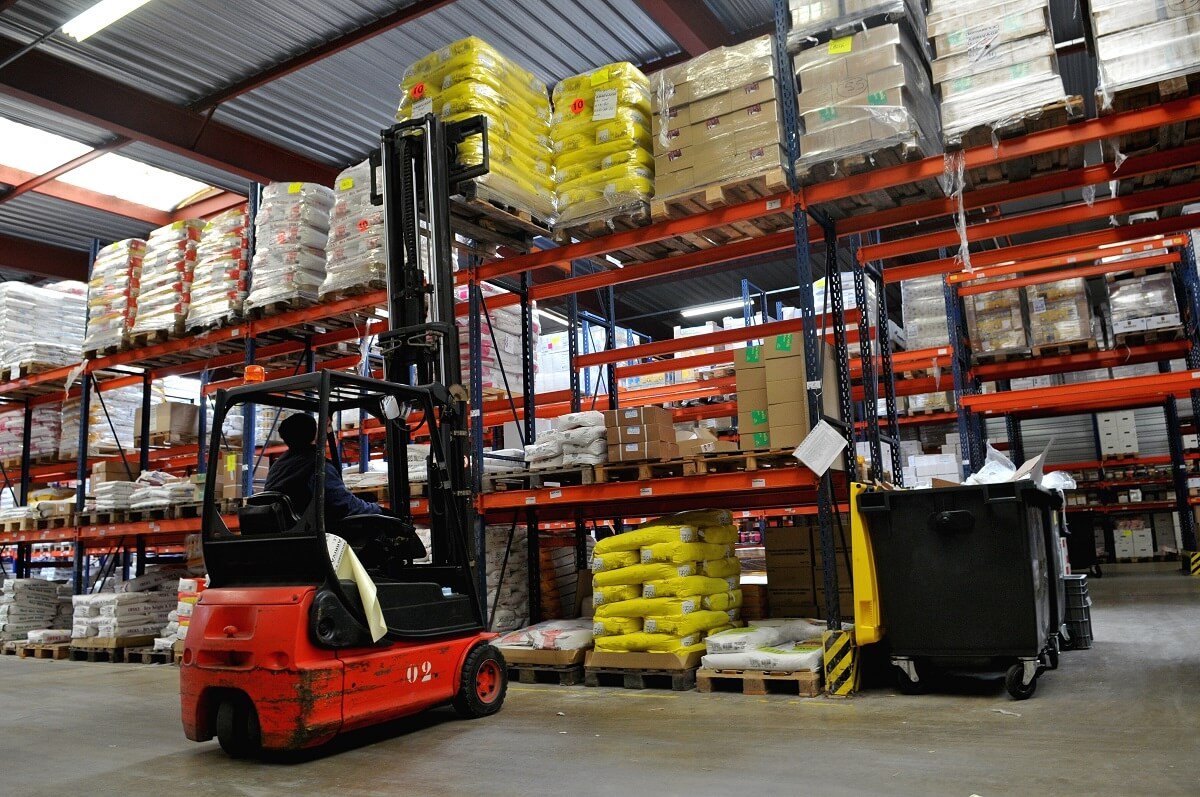If it does not have the value of a diploma or professional qualification, the safe driving aptitude certificate (Where CACES) aims to reduce the number of accidents linked to the use of certain work equipment. This device was created in 1998 and is recommended by the National health insurance fund (CNAM).

CACES certificate and driving license
The term CACES designates the safe driving aptitude certificate. It concerns a very specific category ofconstruction machinery and handling, lifting platforms, from cranes, from gantries or from chariots. This certificate can only be obtained from a certified testing body (OTC). It translates to a Assessment test including theoretical and practical tests. An employee who wants to be recognized as suitable for the safe operation of certain work equipment must go through a formation appropriate in order to validate what has been learned.
Once the certificate has been obtained, he will be authorized to drive the machines in question within his company on well-defined sites, subject to a medical certificate and a driving license that must be given to him by his employer. Indeed, the test in itself does not authorize driving, it is up to the employer to issue this authorization to the driver so that he can present this document at any time when using his machine. In certain cases, the driver may be required to carry out Additional training specific to the machines used. The validity period of the certificate is ten years for construction machinery, and five years for other types of work equipment. It remains valid even in the event of a change of company. On the other hand, the driving license will have to be obtained again from the head of the new establishment.

What are the implements concerned?
Construction machinery includes, in particular, dumpers (construction trucks), bulldozers, the tractopelles, the scrapers, the graders, the concrete mixers or even the hydraulic mechanical excavators on tracks or on tires. There are still many other types.
Besides the construction machinery (or civil engineering machinery), seven main families of work equipment are concerned by the certificate of aptitude for safe driving:
- Tower cranes
- Mobile cranes
- Mobile lifting platforms for people (MEWPs)
- Self-propelled handling trucks with a rider
- Auxiliary vehicle loading cranes
- Overhead cranes, gantries and semi-gantries
- Pedestrian stacker trucks

The recommendations of the CACES system
The CACES system is governed by the CNAM (National Health Insurance Fund) and its recommendations are issued in accordance with theINRS, the national research and safety institute for the prevention of work accidents and occupational diseases. These recommendations are specific to each family of equipment:
- CACES Construction machinery: R.482
- CACES Tower cranes: R.487
- CACES Mobile cranes: R.483
- CACES Mobile elevating work platforms (MEWPs): R.486
- CACES Self-propelled handling trolleys with rider: R.489
- CACES Auxiliary vehicle loading cranes: R.490
- CACES Overhead cranes, gantry cranes and semi-gantry cranes: R.484
- CACES Pedestrian stacker trolleys: R.485
The most represented category is that of self-propelled industrial trucks rider, with more than 55% of certificates issued each year. It should be noted that the last two categories concerning moving bridge and the stacker trucks were created on January 1, 2020, the other six having been renovated.

Of course, the possession of the certificate of aptitude for safe driving does not exempt from wearing PPE and appropriate work clothes. Not only protective helmets should be worn, but also high visibility vests and the like. HV outfits (pants, parkas, polo shirts, etc.). Multi-pocket pants are also recommended to keep all your equipment close at hand. The nature of the work environment also determines the type of safety footwear required for occupations related to mass distribution.

